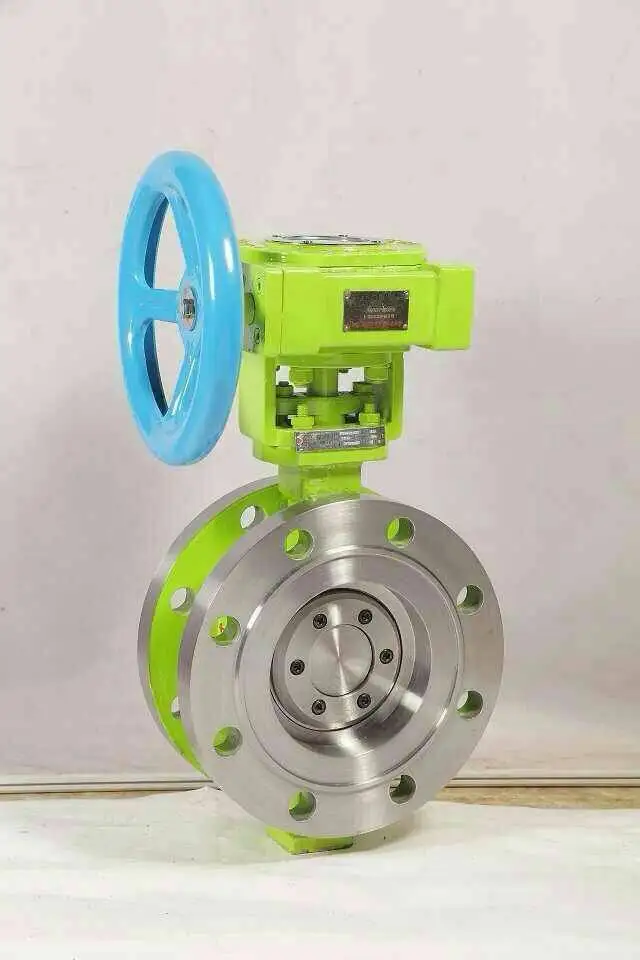|
Marine Valves: Essential Components for Safe and Efficient Ship OperationsMarine valves are critical components in the maritime industry, designed to control the flow of fluids, regulate pressure, and ensure the safety of onboard systems. Whether you're a ship operator, engineer, or manufacturer, understanding the role and types of marine valves is essential for maintaining efficient and reliable vessel operations. Below, we explore the key aspects of marine valves, their applications, and how to select the right solutions for your needs. What Are Marine Valves? Marine valves are specialized devices engineered to meet the unique demands of marine environments. They are used to manage the flow of water, fuel, steam, and other fluids within a ship’s piping systems. These valves must withstand harsh conditions, including saltwater exposure, high pressure, and temperature fluctuations, while ensuring long-term durability and performance. Key Features of Marine Valves: Corrosion Resistance: Constructed from materials like bronze, stainless steel, or nickel alloys to resist seawater corrosion. High Pressure Tolerance: Designed to handle extreme pressures in hydraulic systems, boilers, and cargo handling equipment. Sealing Efficiency: Ensures leak-proof operation to prevent fluid loss and system failures. Compliance with Standards: Built to meet international maritime regulations (e.g., ISO, DNV, ABS) for safety and environmental protection. Common Types of Marine Valves and Their Applications Seacock Valves (通海阀): Used to control the intake of seawater for cooling systems, ballast tanks, or fire-fighting equipment. Designed with fail-safe mechanisms to close automatically in emergencies (e.g., hull breaches). Gate Valves (截止阀): Provide a tight seal for on/off flow control in pipelines, commonly used in fuel and ballast systems. Ideal for applications requiring minimal pressure drop. Check Valves (止回阀): Prevent backflow of fluids, protecting pumps and compressors from damage. Essential in refrigeration systems and cargo transfer operations. Butterfly Valves (蝶阀): Lightweight and compact, used for regulating flow in large-diameter pipelines. Popular in HVAC systems and deck equipment. Globe Valves (旋塞阀): Offer precise flow regulation and are widely used in steam and high-pressure systems. Quick-Closing Valves (快关阀): Designed for rapid shut-off in emergency situations, such as fuel leaks or fire hazards. Hydraulic Control Valves: Integrated with actuators to manage complex systems like rudder controls and cargo cranes.
Why Marine Valves Matter Safety and Compliance: Marine valves play a vital role in preventing accidents, such as flooding or fuel spills, by ensuring proper fluid containment. For example, quick-closing valves can isolate leaking pipelines instantly, minimizing risks during repairs. Operational Efficiency: High-quality valves reduce energy consumption by maintaining optimal flow rates and minimizing pressure losses. This is particularly important in propulsion systems and refrigeration units. Environmental Protection: Seawater valves and oil-water separators help ships comply with environmental regulations by preventing pollution from bilge water or fuel residues. How to Choose the Right Marine Valve Assess System Requirements: Determine the type of fluid, pressure range, and temperature conditions the valve will encounter. For example, seawater systems require corrosion-resistant materials like bronze or stainless steel. Select the Appropriate Type: Gate valves for full-flow applications, check valves for backflow prevention, and butterfly valves for space-constrained areas. Verify Certification Standards: Ensure the valve meets recognized maritime certifications (e.g., ISO 15088, DNV GL) to guarantee reliability and compliance. Consider Maintenance Needs: Opt for valves with easy-to-service components and durable seals to reduce downtime. Applications Across Marine Systems Cargo Handling: Valves regulate the flow of liquids (e.g., crude oil, LNG) in tankers and chemical carriers. Engine Rooms: Control fuel, cooling water, and steam in propulsion systems. Ballast Systems: Manage water intake and discharge to stabilize the vessel. Fire-Fighting Systems: Ensure rapid access to seawater for emergency response. Refrigeration Units: Maintain temperature control in cold storage compartments. Maintenance Tips for Longevity Regular Inspections: Check for signs of corrosion, leakage, or wear in seals and actuators. Lubrication: Apply marine-grade lubricants to moving parts to prevent seizing. Testing: Periodically test emergency valves (e.g., quick-closing valves) to ensure they function correctly under stress. Conclusion Marine valves are the unsung heroes of safe and efficient ship operations. From preventing catastrophic failures to optimizing energy use, their importance cannot be overstated. By selecting the right type, ensuring compliance with industry standards, and prioritizing regular maintenance, you can safeguard your vessel’s systems and enhance operational reliability. Whether you’re designing a new ship or upgrading existing equipment, investing in high-quality marine valves is a step toward safer, more sustainable maritime practices. For further assistance in selecting or troubleshooting marine valves, consult with experienced engineers or manufacturers specializing in marine equipment. |

